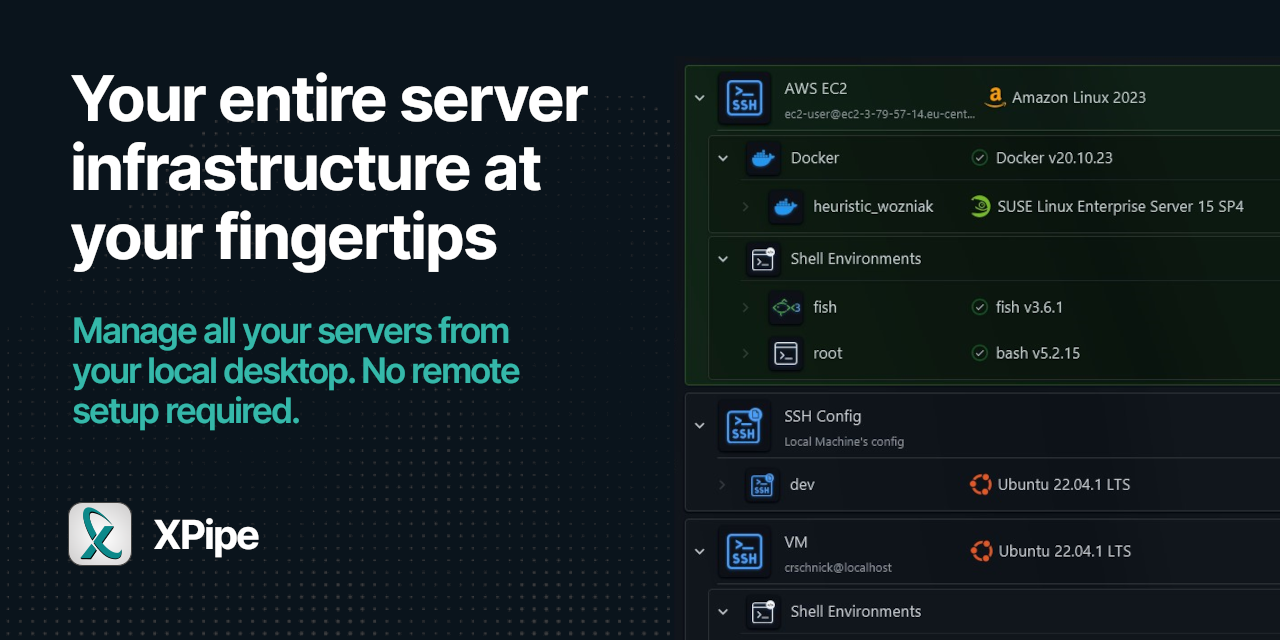

Yes, the community edition doesn’t have any limitation.
For paid plans, it’s relative to the average usage and activations across all licenses. E.g. if you, as an enterprise, purchase licenses for 5 users, but have a usage like other customers with 20 users, I might inquire about how you are using it. If it is a special case where you install and use it on many servers and VMs in parallel, this can be taken into account and the limits can be adapted. But in general, the license limits are permissive and do not interfere with your usage.

Right now, you have to set the user separately. But I will think about fixing this for next release, there already is a way to configure a default identity for new connections, but it does not apply to teleport yet